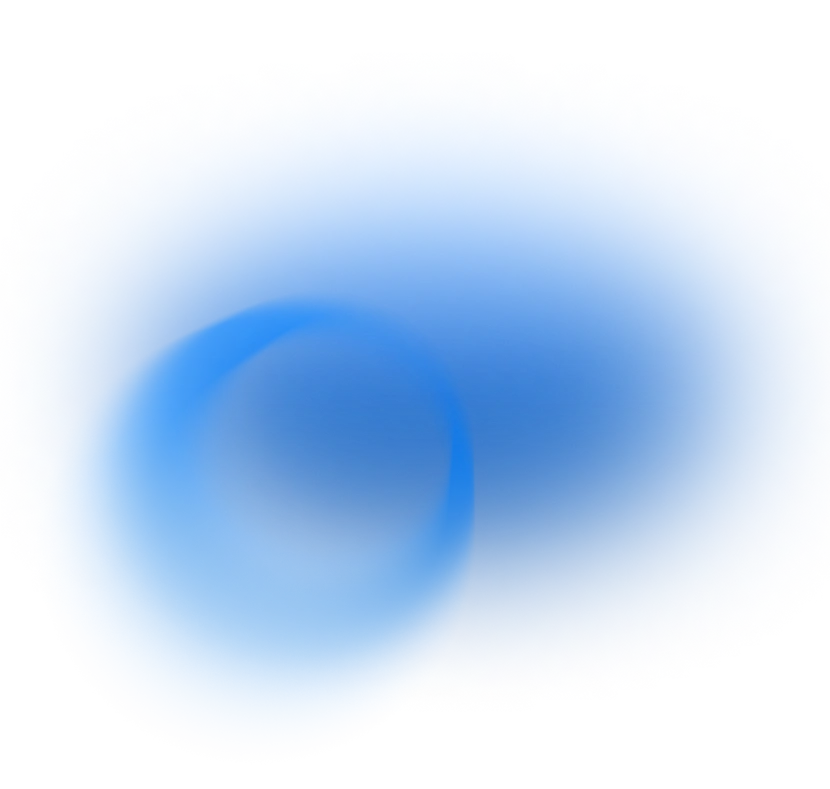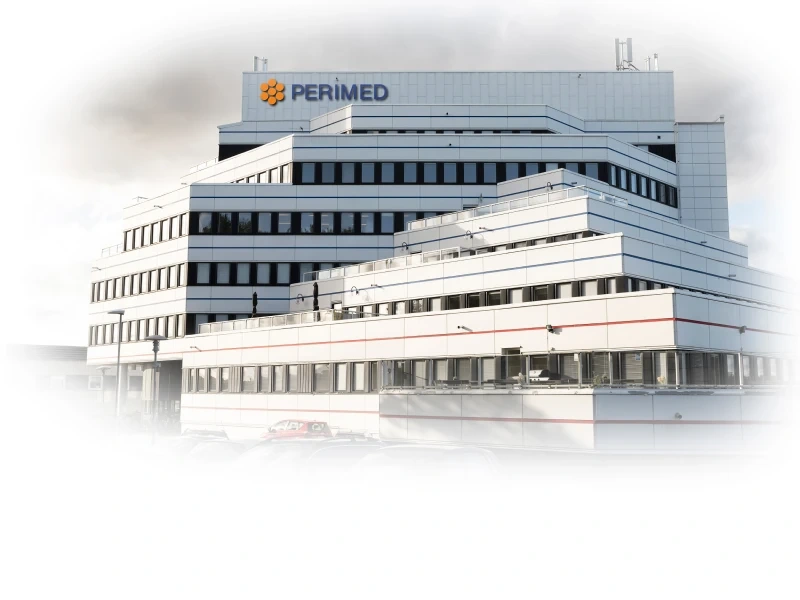Our history


We are a Swedish medtech company, proudly innovating peripheral vascular measurement solutions for over 40 years. During this time, we have innovated and developed a range of instruments to measure macro- and microcirculatory perfusion.
Our sights are set on helping clinicians and researchers. With our instruments, we aim to ensure that measurements can be carried out rapidly, accurately, and with ease. Our devices are designed to be patient-centric, leveraging noninvasive and non-contact technologies to minimize discomfort. Together with our customers, we strive to preserve limbs, save lives, and ease human suffering.
Our journey
Timeline
1976
Our journey began in 1976 when Professor Åke Öberg of Linköping University attended a conference in Ottawa, Canada. There he encountered laser Doppler, a groundbreaking method for noninvasive measurement of microcirculatory blood flow, patented by the National Institutes of Health (NIH).
Recognizing its immense potential, Öberg initiated a project to refine and advance the technology on his return to Sweden. Collaborating with then-students Gert Nilsson and Torsten Tenland, he laid the foundations for what would become Perimed.
Why was this new technique so intriguing?
At the time, measuring microcirculatory blood flow was limited to invasive methods or nailfold capillaroscopy, restricting its application and convenience. The possibility of noninvasive measurement in any organ was revolutionary, unlocking new avenues for research and expanding human understanding of the role of microcirculation in health and disease.
At this time, microcirculatory blood flow measurement could only be performed invasively or by nailfold capillaroscopy. To enable noninvasive microcirculation measurement in any organ was therefore something new and opened new fields of research.
1981
The next step for the university team was to explore how to commercialize this innovative technique. They sought out partners and Sven Malmström and Kjell Bakken, both seasoned in marketing scientific products, were the ideal collaborators.
Together, they founded a company, began developing prototypes, and sold them to specialists. This marked the birth of Perimed and the introduction of PeriFlux 1D, the first generation of our commercial instruments.
1981 – 1984
During the early eighties, laser Doppler gained widespread recognition, particularly in Japan, where we sold several hundred instruments to universities. Russia began to show interest, and Germany, with its large pharmaceutical industry, became the largest European market.
University students were particularly drawn to the technique because of its noninvasive nature, making it not only easier to use but also more likely to receive ethical approval for research.
During these years, laser Doppler user groups were established in various countries, often led by enthusiastic professors. Kjell Bakken attended many of these meetings, sharing his expertise as a lecturer.
1986 – 1987
Having exhausted our initial funds, Perimed underwent restructuring. Kjell Bakken, a firm believer in the potential of the technique, purchased all the shares and became the first CEO of Perimed.
By the end of the decade, the demand for noninvasive measurement methods was growing strong. This led to the continued development of the PeriFlux 1-series, culminating in the release of the PeriFlux 2, 2B, and 3 models.
The company expanded internationally, establishing its first subsidiary in the UK in 1986, followed by branches in France and Italy in 1990.
1991
We opened our subsidiary in the US, and the Swedish team relocated to its headquarters in Järfälla where we remain today.
1992
Investing in the development of new instruments has always been a cornerstone of our growth. In 1992, Perimed launched PeriFlux 4000, a significant advancement in laser Doppler technology.
By this time, about 80% of research papers presented at microcirculatory congresses focused on laser Doppler. It was clear that the technique had established itself as a crucial tool in microcirculation measurement, securing its place in both clinical and research applications.
1993
In our ongoing commitment to innovation, we developed support for iontophoresis. This technique is a noninvasive means of transporting drug ions across tissue barriers like skin. When combined with laser Doppler measurement technology, iontophoresis provides a powerful tool for assessing how the microcirculation reacts.
Recognizing the need to separately assess the nutritive flow within the capillaries, we turned our attention to measuring transcutaneous oxygen — TcpO2. We aimed to provide a more comprehensive and detailed assessment of microcirculation, offering a deeper understanding of tissue health and the potential for more effective diagnoses.
1995-1997
We partnered with Danish company Radiometer (now part of the Danaher Corporation), resulting in a new instrument — PeriFlux 5000 — combining laser Doppler and TcpO2. We are still in partnership with Radiometer today.
2000
Gert Nilsson developed a couple of early laser Doppler imaging solutions Perfusion Imaging Microscanner 1 (PIM 1) launched in 1992, and PIM 2 a few years later. These were the first attempts to create a practical tool for visualizing and measuring blood flow within the smallest vessels in the microcirculatory system. Perimed acquired the Imager business from Nilsson in early 2000.
2005
We launched PIM 3 — the predecessor of PeriCam PSI.
2007 – 2008
Close cooperation with hospitals revealed that the combination of laser Doppler and tcpO2 was ready for the clinical market. The North American tcpO2 market was growing. The PF 5000 system — combining pressure measurements with tcpO2 — was launched in Scandinavia.
Our close collaboration with hospitals highlighted the potential of combining laser Doppler with TcpO2 for clinical use. As the North American TcpO2 market expanded, we saw an opportunity to meet growing demand. This led to the launch of PeriFlux 5000 System.
2008
We opened our subsidiary in China.
2010
We introduced laser speckle imager PeriCam PSI, the successor to PIM 3 and continued to expand operations with a subsidiary in Germany.
2012
A member of the company since 1994, Björn Bakken (son of Kjell) became the second CEO of Perimed.
2013
We launched our new generation of PeriFlux instruments in the US with PeriFlux 6000 TcpO2 Standalone. With a much smaller footprint than its predecessor, PeriFlux 6000 Standalone is a compact instrument, with a touchscreen interface and capabilities for multi-level TcpO2 measurements.
2015 – 2016
We launched our PeriFlux 6000 Combined System, providing a unique combination of pressure and TcpO2 measurements for support in the diagnosis of peripheral artery diseases. Launched in Europe in 2015 and in the US in 2016.
2018
We continued to innovate under Björn Bakken’s leadership. Kjell remained involved in the business even if he had already passed retirement age.
2020
750 PeriFlux 6000 instruments and more than 300 PeriCam PSI instruments sold to hospitals and clinics worldwide.
2021
We launched zoom functionality for PeriCam PSI NR and HR models, expanding the instrument’s measurement capabilities and areas of application. Björn handed over the reins to Lena Åredal who became the third CEO of Perimed — the first step of our new expansion journey.
2023
We signed an agreement with Lovell Government Services in the US. Lovell partners with medical and pharmaceutical companies to better serve Veteran and military patient populations.
2024
We signed an agreement with Serendipity Partners — a leading Nordic healthcare growth investor. The infusion of capital from Serendipity Partners is an instrumental part of our expansion plans, with the US as our primary market. We have installed over 4,000 instruments with renowned research centers and global leaders in healthcare.
Contact us
Get in touch
For more information about our products and solutions, fill our the form and a local representative will be in touch.